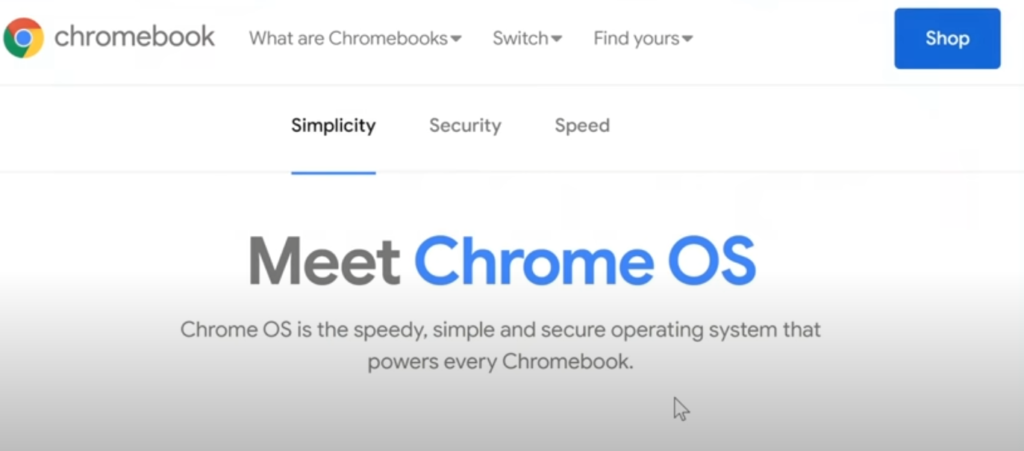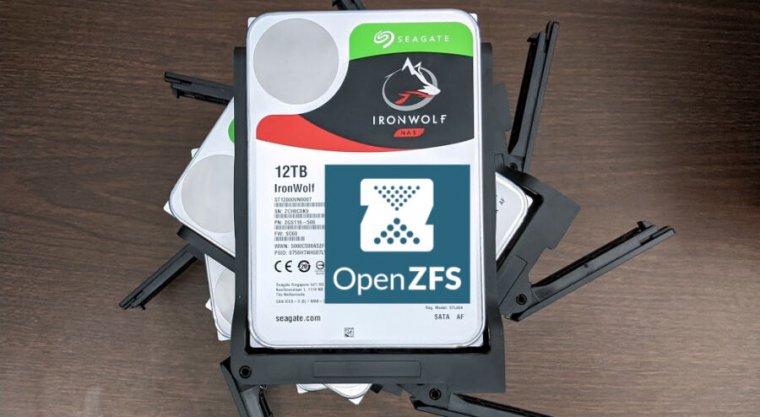Chrome OS Flex is a new version of Chrome OS, the cloud operating system used on Google chromebooks. As this video demonstrates, it can be installed on almost any PC, allowing — for example — new life to be brought to an old laptop.
You can create a bootable USB drive of Chrome OS Flex using the Chromebook Recovery Utility available here: https://chrome.google.com/webstore/de…










